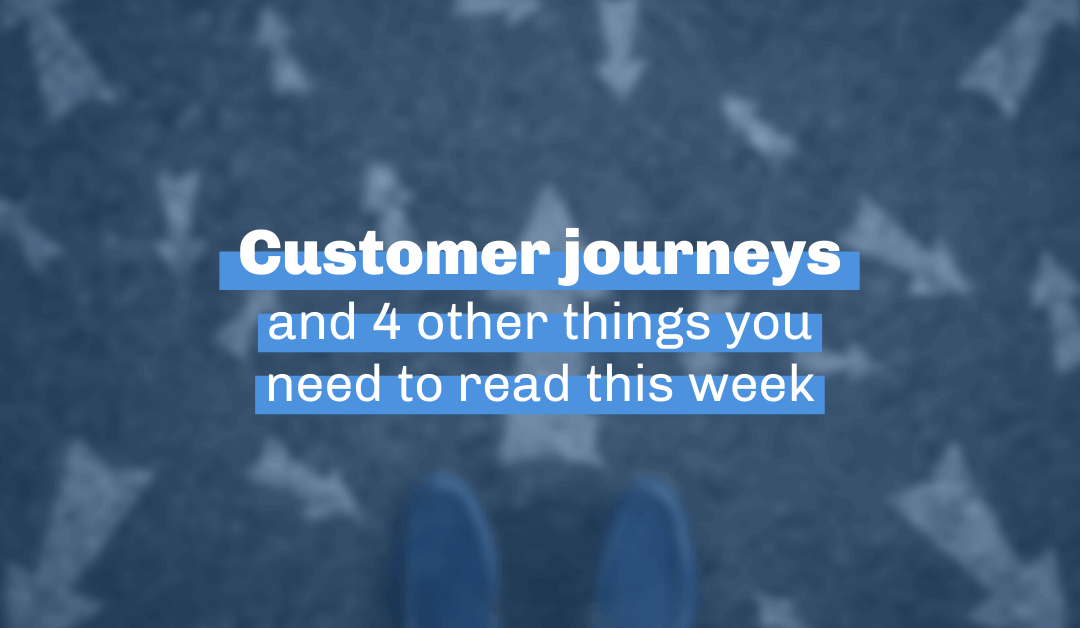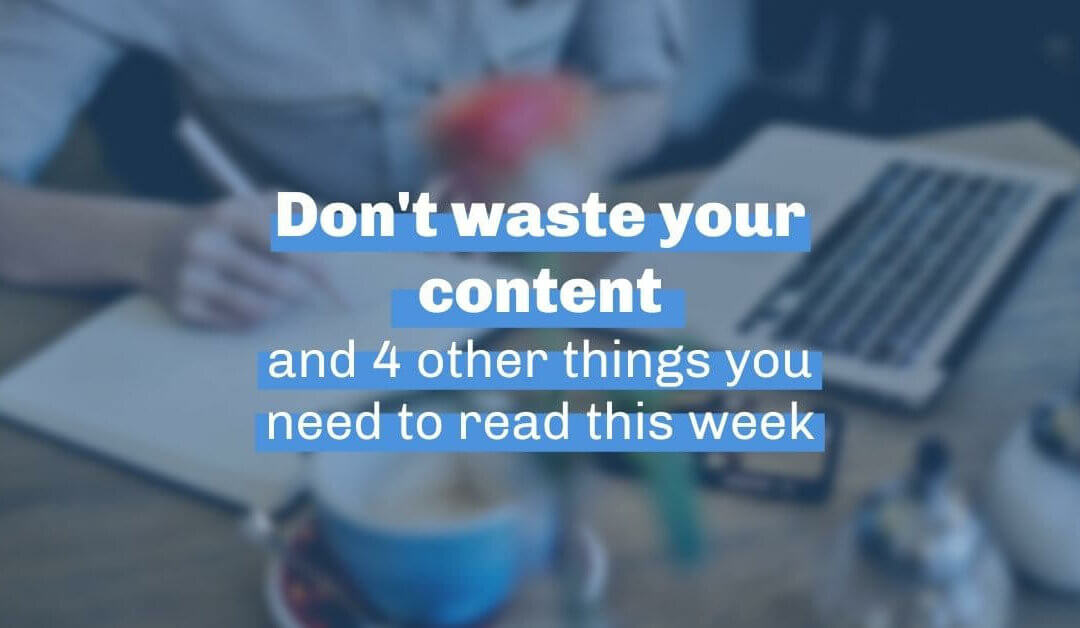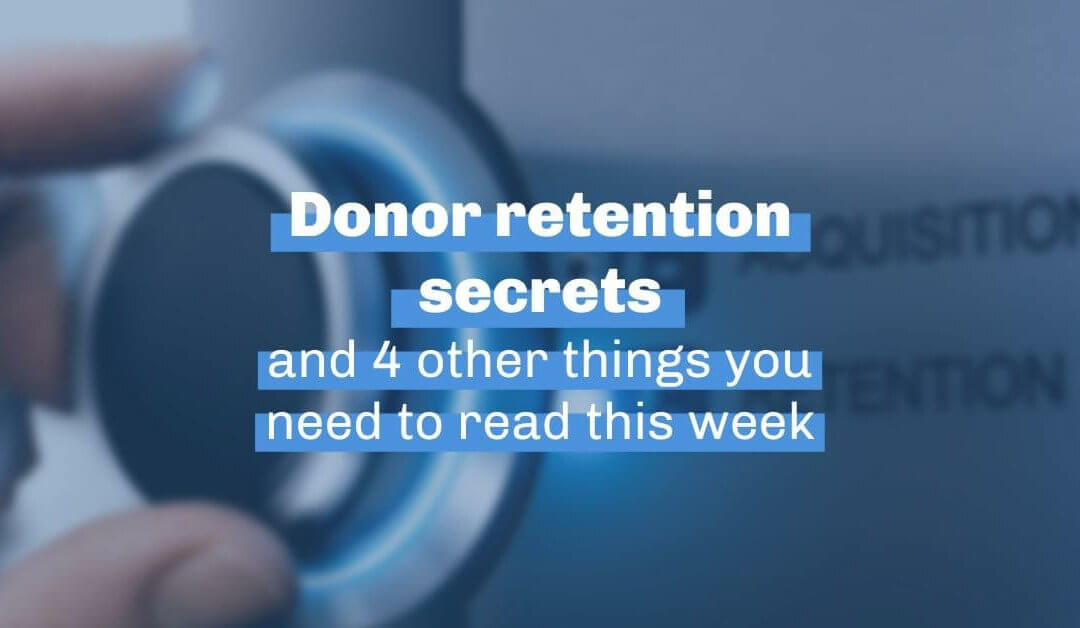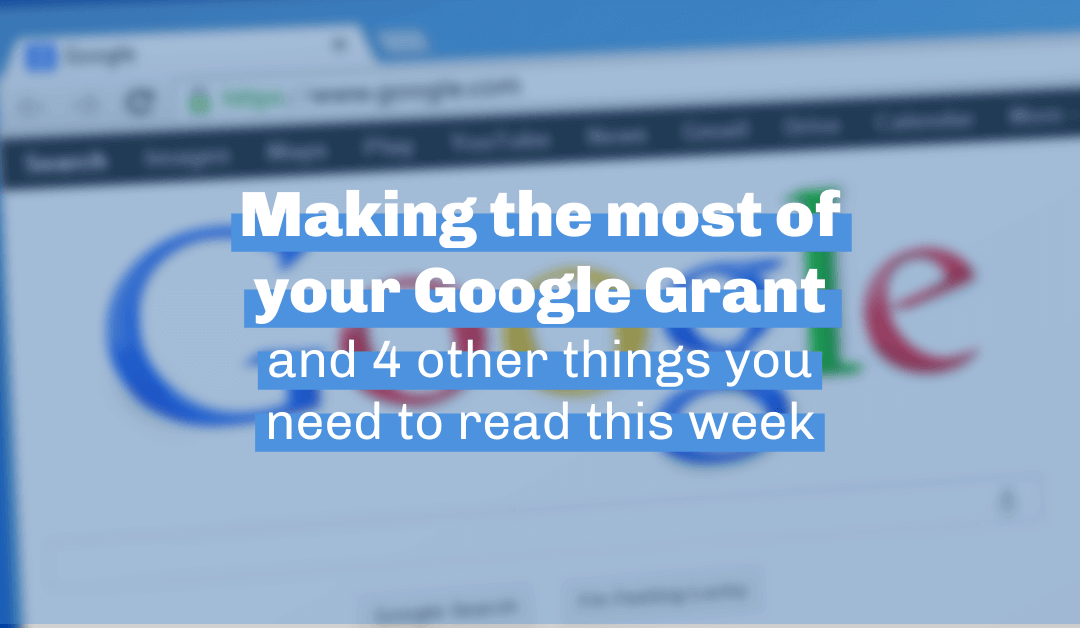
by Ian Haisley | Aug 22, 2021 | +Good Newsletter
1. To start working, embrace what isn’t working. 🤨
If you have a problem acknowledging you have a problem, you’re not alone. But facing your organization’s weak spots is the best way to prepare to solve them! Learn how to compassionately fix what isn’t working so you can focus more of your attention on what is.
Embrace your less-than-perfectness. [via Social Velocity]
2. What can you learn from the story of the Coca-Cola 🥤 logo?
The success of Coca-Cola is not just the story of a bit of luck behind a good product (or a potentially stolen recipe, but we digress…). It’s one that involves a creative marketing push to merge both the timeless and the modern. We love when history makes our current work better, so dive into the details about how Coca-Cola became the iconic beverage it is today.
The story of the Coca-Cola logo. [via Logo Design Love]
3. How to pick the right 🎨 color.
There’s a reason we don’t usually wear neon to funerals, white after Labor Day, or that one blue tie with that clashing blue blazer. Colors tell stories—and when they’re used thoughtfully, colors can prompt emotions in others. So why not harness that power in your marketing? Dive into a rainbow of color tools to help with color scheme generation, data visualization, historical color palettes, contrast checking, and much more!
Color tools and resources. [via Smashing Magazine]
4. Is your Instagram marketing strategy getting stale? 🤔
We know, it still feels like Instagram is a “new” platform. (Eep, yes. We’re old.) But with Instagram Live, IGTV, and new options for sharing to your story, marketing on Insta is no longer just curated pictures and old filters. Luckily, Social Media Examiner pulled together a list of tips and inspiration to keep your content ✨fresh✨ for modern users. Learn the new strategies that are working in 2021 to keep people engaged with your feed, your stories, your highlights, and your brand!
What’s working on Instagram in 2021. [via Social Media Examiner]
5. How to optimize 💪 your on-page SEO.
Good SEO helps search engines read content and good writing helps humans read content—so why not do both at the same time! Learn how to implement meta-tags, format your content, and optimize your keywords so that you catch the attention of all of your readers—humans and computers alike!
3 Powerful on-page optimizations to power up your content. [via MOZ]

by Ian Haisley | May 28, 2021 | +Good Newsletter
1. Give your customers a 🗺 map.
Sixty-five percent of customers say they’d keep buying from a brand that gives them a great experience during their customer journey—but what the heck is a customer’s journey, anyway? Creating a customer journey map is a simple way to visualize a customer’s (or donor’s) experience, providing a step-by-step guide detailing touch-points, interactions, and asks. Save time mapping with this quick-and-easy template!
Don’t get lost along the way. [via Unbounce]
2. Get the most out of your Google Ad 💸 grant.
Google Ads are an important tool for nonprofits looking to increase traffic to their sites and expand their audiences. Still, many organizations lack the time and resources to learn about the program and develop the most effective strategies for leveraging its benefits (the biggest one: free advertising credits for nonprofits on the Google Ads platform). Fortunately, The Fundraising Authority created a guide to Google’s Ad Grant program, outlining eligibility requirements, the application process, and how to make the most of your grant once you’re approved.
Get started with Google Ads. [via the Fundraising Authority]
3. Plan a social media calendar 📅
Thirty days has September, April, June—but how far ahead should we be scheduling social media content? How do we schedule content that has variety but is consistent? And what do we post about to fill empty schedule space? Don’t worry, we’ve got you covered. Learn how to plan your social media and waste less time on last-minute scrambling.
Start planning. [via Databox]
4. Groovy 👉 new features in Google Workspace.
Do you have a flash of panic *every time* you share your screen in a Google Meeting? (Why does it always feel stressful?!) Google Workspace is here to calm your nerves with the “smart canvas,” a new tool that allows you to instantly share Docs, Sheets, and Slides within meetings without using screen sharing. They also launched an entire suite of updates, including the ability to start meetings within a Google Doc, emoji reacts for paragraphs, or writing assistance for when there are typos in your paragraphphph.
Read more about Google’s new smart chips. [via the Verge]
5. Keep your text readable. 📖
Why are “delete” buttons are always red? What about stop signs and stoplights? Welcome to the visual principle of contrast. How we design things matters—for style, yes, but also for function. A lack of contrast can make text unreadable, so it’s time to brush up on our User Interface skills.
Make your designs sing (instead of being ignored). [via YouTube]

by Ian Haisley | May 21, 2021 | +Good Newsletter
1. The magic 🌟 of social proof.
Remember that movie you almost saw, but the reviews were so bad? Remember that restaurant you almost skipped, but the reviews were so great? Social proof is just good reviews transformed into free advertising. Learn how to take your clients’ testimonials, mentions, and case studies and use them to build trust in your services.
Turn your donors into advocates. [via unbounce]
2. The algorithms, 📈 they are a-changin’.
Next month, Google plans to release its Google Page Experience update, along with some additional SEO tools. These new features will ensure that websites provide the best experience to searchers, whether they are using a mobile, desktop, or tablet device. Preparing for a new update can be a challenge, but there are simple steps you can take now to get ahead of the algorithm changes and avoid declining traffic.
Get prepared for the update. [via Neil Patel]
3. Why do 📩 emails go to spam?
The most frustrating thing: putting so much time into your emails just to have them end up in a spam folder alongside ads and scams? You’re better than that! You deserve the inbox! Luckily, there is something you can do. Learn about 12 common mistakes we all make that land us in our readers’ spam folders—and get your emails where they need to be!
Get into the inbox. [via GetResponse]
4. Don’t waste good content. ♻️ Repurpose it!
Listen, content creators: we get it. You’re swamped with assignments. But what if you could re-use content instead of re-inventing the wheel each time you post? A few simple content strategy changes could save your heavy workload and boost web traffic on content that already works! Don’t let a good thing to go to waste—learn to build your customer base by repurposing content.
Reduce, reuse, recycle your content. [via Content Marketing Institute]
5. Unlock 🔓 Facebook’s full potential.
While LinkedIn may have cornered the market for professional social networking, Facebook holds valuable networking potential, too—if you can find and join the right groups. Check out this extensive list of the most active, supportive, and useful groups for marketers on Facebook. After joining the right group, you’ll be able to ask questions, learn best practices for growing and building your organization, and connect with your fellow industry professionals.
Join your peers on Facebook. [via Wild Apricot]
This issue of +good was written and produced by Allison Kooser, Ian Haisley, Sydney Bartlett, Kerry Jones, Lindsey Lincoln, and Katie Powers.

by Ian Haisley | May 14, 2021 | +Good Newsletter
1. Keeping your donors is 👌 easier than it seems.
Tired of chasing lost donors? You aren’t alone. Nonprofit donor retention rates have been below 50% for the past decade. Learn what you can do to keep your donors’ eyes off the exit sign and treat them like friends we will see again soon.
Learn 5 secret nonprofit donor retention strategies. [via clarification]
2. Hit 🔃 refresh on your messaging.
You’re clever, funny, and honest. You know it, we know it, and your audience should know it, too! Keep your message stays relevant and fresh with helpful tips like using different voices from your staff, cracking a joke here and there, and sharing an opinion.
Don’t be afraid to try something new. [via Nonprofit Marketing Guide]
3. Adapt your Facebook campaigns for 📱 iOS 14.
In addition to new emojis, the new iOS 14 means updated privacy and data use regulations that will impact Facebook campaign performance. You may have already noticed shifts in Ads Manager — and more changes are certainly incoming! Nervous about adapting to the new normal? Here are some tips to navigate the update.
How iOS 14 will impact your Facebook ad campaigns. [via Portent]
4. Create evergreen 🌱 content that stays fresh for years.
If you’re looking to create marketing materials that will work for the long haul, lean into the art of evergreen content. Answer the questions your audience asks most, think about what people search, and craft stories that will never go out of style.
Evergreen doesn’t have an expiration date. [via Neil Patel]
5. Keep your audience 🗓 on time.
If you’re hosting a virtual event on a platform like Zoom or Google Meets, the Add to Calendar app will help ensure no one misses out. This handy tool allows you to create links that will let your audience quickly save your events onto various calendars and get an automatic notification as it’s about to start. You can create links and event reminder buttons for Google Calendar, Outlook, Microsoft Office 365, and Yahoo! Calendar, which is particularly helpful when you have audience members working across multiple platforms.
Add to calendar. [via Labnol]
This issue of +good was written and produced by Allison Kooser, Ian Haisley, Sydney Bartlett, Kerry Jones, Lindsey Lincoln, and Katie Powers.

by Ian Haisley | Apr 30, 2021 | +Good Newsletter
1. Speak 🗣 up and be heard.
Since its launch in 2020, marketers have been chatting about Clubhouse, the limited-access social network where users can jump into audio rooms together. The app draws users in by promoting off-the-cuff, unplanned, and fast-paced conversations. It invites people to tell stories, meet interesting people, and share ideas about various topics. It’s too early to get a read on the longevity of Clubhouse, but nonprofit marketers are already finding value in the platform.
Four reasons your nonprofit should try Clubhouse [via Swell+Good]
2. Make the most of your 💸 Google Grant.
You got the Google Grant. Hooray! So now what? The average nonprofit doesn’t utilize the full $10k of ad credit the grant provides every month. Learn how to take advantage of the ad credit bonanza so you’re not leaving money on the table. From keyword research to analytics, these tips have you covered.
Five tips for Google Grant success. [via Nonprofit Hub]
3. Refresh 🔄 your grammar knowledge.
You probably know the difference between loose and lose, but do you know how to stay in parallel when writing lists? Does your organization have an official stance on the Oxford comma? When your grammar is on point your message takes center stage!
Do you make these common grammar mistakes? [via Copyblogger]
4. Content is 👑 king.
The adage exists because it’s true. Telling powerful stories helps you reach more people and raise more support. (Need help getting started with content marketing? Let us know!) But how do you know if these efforts are working? Contently’s ten-step Content Measurement Maturity Model helps you evaluate your work and make smarter decisions around content in the future.
Make content marketing worth your while. [via Contently]
5. Get that psych degree 🎓 you always wanted.
If you’re looking to attract and expand your audience (let’s be real, who isn’t?), it’s time to take a page from your old psychology textbook. From the paradox of choice to the fear of missing out, learn how to grow your audience by appealing to the most human of behaviors.
Avoid FOMO and other psychology tricks to improve your marketing. [via Content Marketing Institute]





